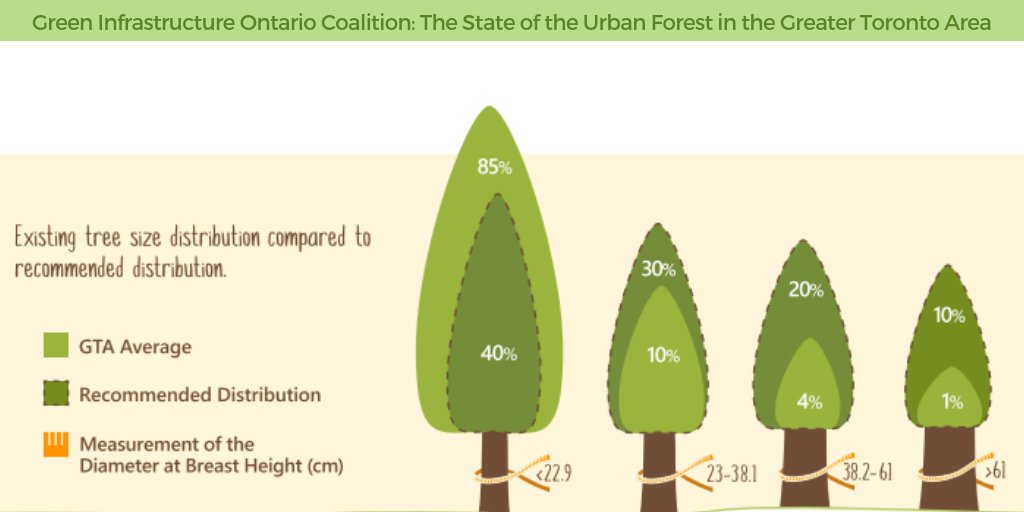Can Trees Be Conserved? Exactly How To Inform If Tree Removal Is Required
Can Trees Be Conserved? Exactly How To Inform If Tree Removal Is Required
Blog Article
Content Written By-Buckley Colon
If you have actually ever before wondered about the destiny of the trees on your building, understanding when it's time for elimination is important. However how do you determine if a tree can be saved or if removal is the only alternative? By trying to find particular indications and assessing safety risks, you can make educated decisions that benefit both your landscape and your surroundings. Let's explore the key elements that enter into play when choosing the destiny of a tree and exactly how you can make sure the very best end result for your green friends.
Indicators of Tree Decline
If you discover any one of the complying with signs of tree decrease in your backyard, it may be time to think about tree removal.
One common indication is dead or decaying branches, which can suggest underlying problems influencing the tree's health and wellness. Watch out for tarnished or wilted fallen leaves that persist even with proper care, as this could be an indication of illness or pests.
One more warning signal is excessive leaning or a visible shift in the tree's base, which may recommend origin concerns or structural instability. Watch out for fungal development on the trunk or origins, as this can suggest rot and compromise the tree's stability.
Additionally, if you observe large fractures in the trunk or major arm or legs, it's essential to resolve these issues without delay to stop prospective threats. Dealing with these indications of tree decrease without delay can help preserve the safety and security and aesthetic appeals of your backyard environment.
Security Issues
To make sure the well-being of your residential or commercial property and those around you, prioritizing safety issues connected to trees is extremely important. Trees can pose various safety and security threats otherwise effectively kept. Dead or rotting branches might fall all of a sudden, jeopardizing people or harmful frameworks.
Leaning trees can additionally be harmful, especially if they're leaning towards a building or power lines. Furthermore, trees with extensive origin systems near foundations or underground utilities can trigger considerable damage in time.
It's crucial to routinely inspect your trees for any type of signs of potential danger. Watch out for splits in the trunk, huge dental caries, or signs of illness and decay. If you observe any one of these problems, it's ideal to consult with a professional arborist to analyze the situation and identify the required strategy.
Taking proactive steps to deal with safety and security worries quickly can stop accidents and residential property damages in the future. learn this here now in mind, the security of your property and those around you should always be the top priority when it pertains to tree maintenance.
Consulting an Arborist
When taking into consideration the health and wellness of your trees, speaking with an arborist is a critical step. Arborists are trained specialists that focus on the treatment and upkeep of trees. They can analyze the general wellness of your trees, identify any concerns such as conditions or architectural problems, and provide professional suggestions on the best strategy.
By consulting an arborist, you can get important understandings into the problem of your trees and identify whether elimination is essential. Arborists have the expertise and experience to review the risks associated with keeping a tree versus removing it. They can likewise provide advice on alternative solutions, such as trimming, cabling, or bracing, to assist preserve the tree whenever possible.
Furthermore, arborists can assist you navigate any regional laws or allows that might be required for tree elimination. Their know-how can guarantee that the process is accomplished securely and in compliance with any suitable regulations.
https://www.google.com/search?q=Precision+Timber+Felling&ludocid=14488364426700125656&lpsid=CIHM0ogKEICAgIDNh6qAxQE&source=sh/x/localposts/m1/1&lsig=AB86z5XDzNisBWY-O2yj3bksCBA3&shndl=-1&kgs=857edde0ca74e2e9 , when determining whether trees can be conserved or if elimination is required, it is necessary to take into consideration indications of decline and safety problems. Consulting an arborist for a thorough analysis is vital in making the best choice for the tree's health and potential hazards. Keep in mind, positive care and prompt action can aid protect trees and avoid crashes.
